Last month to shop K-Beauty on STYLE STORY. We’re moving to K-Beauty consultancy. Details
Menu
Korean Face Oils
October 26, 2022

Korean Face Oils
We’re moving past the days of fear-mongering about oils in skincare and the oil-free phase that characterized much of the 90s and early 200s.
These days, face oils are among the most popular products in skincare.
On this episode, we're running through how to get the best bang for your buck out of your face oil, which oils work best for each of the different skin types and some Korean face oils you might like to try.
CONNECT WITH ME
- My Instagram: www.instagram.com/lauren.kbeauty
- Shop Kbeauty: www.stylestory.com.au
- Style Story’s Instagram: www.instagram.com/stylestory_kbeauty
- Jelly Ko’s Instagram: www.instagram.com/jellyko_official
- Facebook: www.facebook.com/stylestory.au
- Website: www.thekoreanbeautyshow.com
- Sign Up to Our Mailing List to Join Tester's Club: https://stylestory.com.au/pages/free-gift-signup
- Pinterest: https://www.pinterest.com.au/stylestoryau
EPISODE SUMMARY
With a huge range of benefits ranging from balancing to locking in moisture, there are face oils to suit every skin type, budget and beauty routine.
How Do Facial Oils Work?
Unlike moisturisers, oils don’t absorb deeply into the skin nor draw moisture to it. Instead, they sit on the surface of the skin to prevent moisture from escaping.
As a result, oils have an occlusive effect, which means that they form a protective layer on the skin to lock in moisture.
Why Do You Need An Oil?
The skin needs 70% water and 30% oil to maintain its balance. Neither a facial oil nor a moisturiser can deliver water. For this you need a hydrator. That’s why we love things like hyaluronic acid serums.
The job of an oil is to help the skin retain the water that’s put into it. Moisturiser then acts to protect your skin against free radicals and environmental damage.

Benefits of Using Facial Oils
When face oils are coupled with moisturisers, they make for a seriously hydrating combo. However, there are plenty of other positives to using oils, including:
- Maintaining your skin's ideal sebum levels, especially for acne prone and oily skin
- Helping your skin to naturally glow
- Promoting softer, plumper skin
- Helping to protect your skin's barrier from outside irritants like dust and pollution
Which Face Oil Works Best for Which Skin Type?
-
For normal skin, opt for face oils like jojoba, marula and squalene which are not asheavy on the skin.
-
For dry skin, argan, grapeseed, marula, squalene, apricot kernel, extra virgin, almond, and rosehip oils work best.
-
For oily skin, try tea tree, jojoba, argan, and grapeseed. Buckthorn seed oil is another good one
-
For combination skin, marula, jojoba, flaxseed, grapeseed and tea tree oils are good.
-
For sensitive skin, moringa oil is great.
-
For acne prone skin, try tea tree, jojoba, squalane, evening primrose, and rosehip oils.
Remember - this is a guide only as it will depend if you are using single oils, blended oils or formulas that contain a range of oils and non-oils (i.e so-called "watery oils" etc). In addition, your perfect fit may change depending on what else you are using in your beauty routine.

How to Use Face Oils in Your Routine
One of my favourite techniques for using a face oil is to incorporate it into my Korean facial massage.
To do this, I start with a clean face and then massage the oil in, using one of the techniques I discussed in the podcast.
Other ways to get the benefits of your oil include:
-
Adding a few drops to your moisturiser;
-
Layering your oil before or after your moisturiser;
-
Using it under your SPF in the morning
- Blending 2-3 drops with your foundation or BB Cream
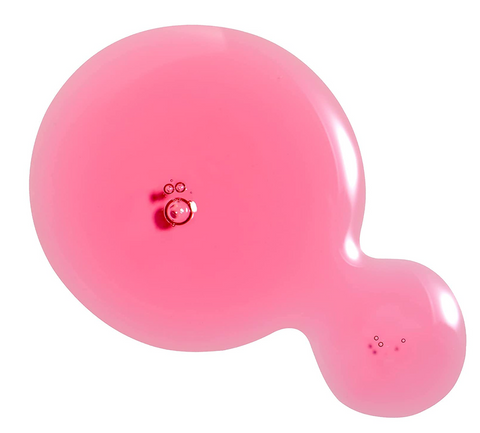
THE BEST KOREAN FACE OILS
One Thing Jojoba Golden Organic Oil
This Vitamin E enriched oil is perfect for helping with uneven skin tones and can assist your skin’s natural repair process given how similar jojoba is to your body’s natural sebum.
It’s gentle texture not only makes it great for use for anyone with sensitive skin, but also helps with blemished skin.

The History of Whoo Jinyulhyang Red Wild Ginseng Facial Oil
Probably the most luxurious of all Korean facial oils, History of Whoo's Red Ginseng Face Oil contains wild Red Ginseng Extract (25ppm). This is the ultimate ingredient for anti aging in Korea because it not only protects skin from damage but increases hydration. In addition, it minimizes the appearance of fine lines and has an anti-oxidative effect.
Other great ingredients include Squalane, Pomegranate Extract, Sweet Almond Oil and Peach Seed Extract.
Jelly Ko Bubble Tea Steam Cream
Hang on, what’s a moisturiser doing here? Well, it has a unique oil-in-cream formula that gives you the benefits of an oil, serum AND moisturiser in a single product. Talk about doing it all.
Containing nourishing and antioxidant packed Grape Seed and Borago oils, Bubble Tea Steam Cream combines the hydrating benefits of a moisturiser with the protection of face oils. If you love saving time in your routine, Bubble Tea Steam Cream lets you combine multiple skincare steps in one!
Have you tried any of these Korean Face Oils? Let me know in the comments!
STYLE STORY - Your Go To for Kbeauty Since 2014
1 Response
Shop Now
"One of my favourite techniques for using a face oil is to incorporate it into my Korean facial massage."
Lauren Lee, Kbeauty ExpertLeave a comment
Comments will be approved before showing up.

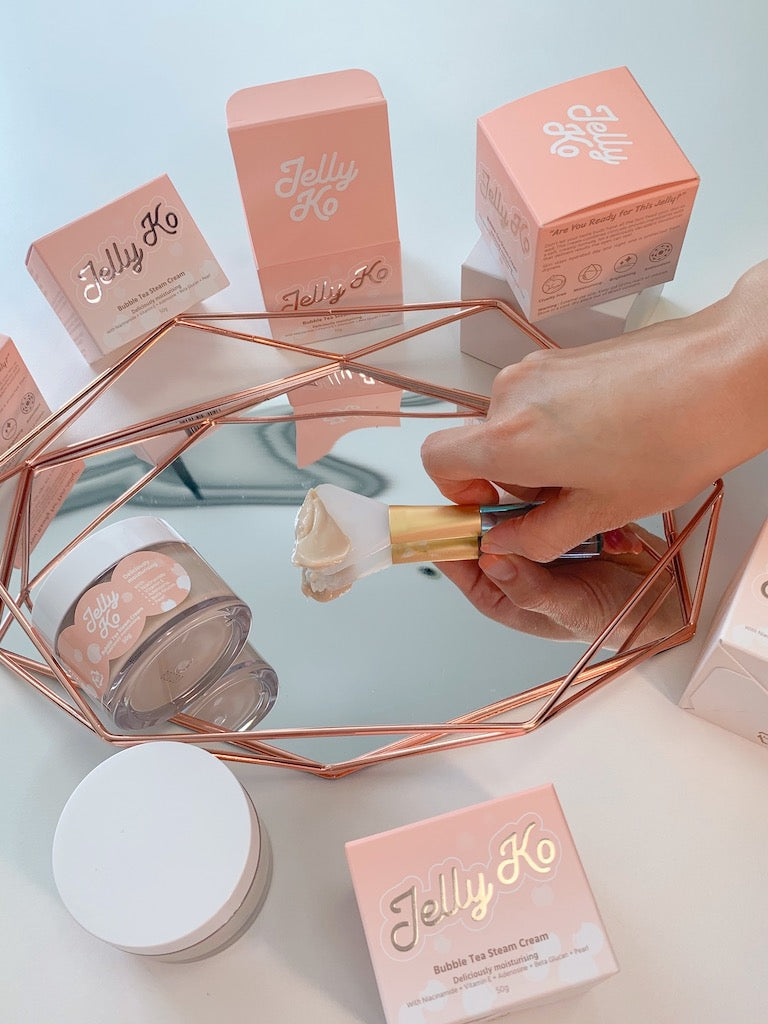
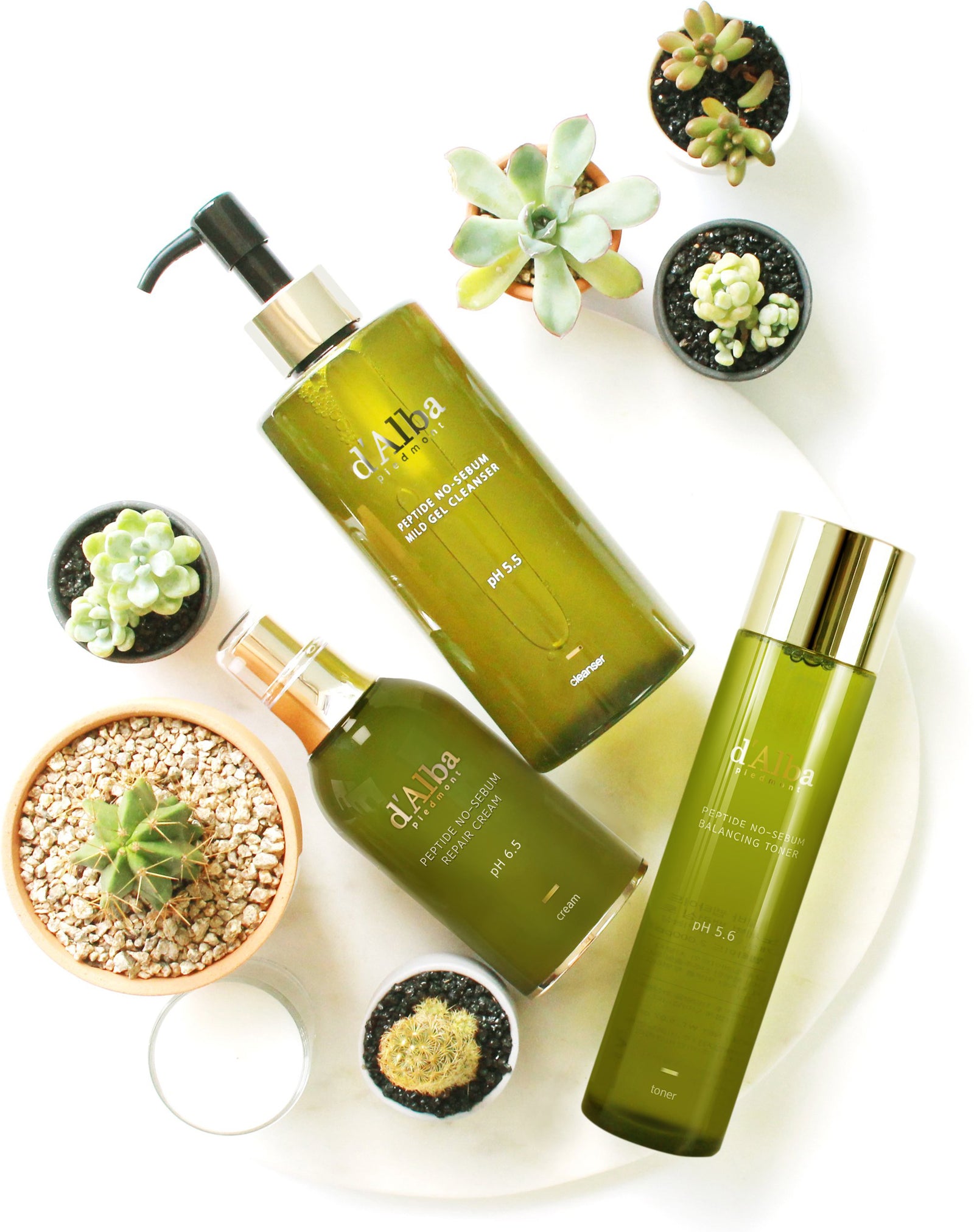

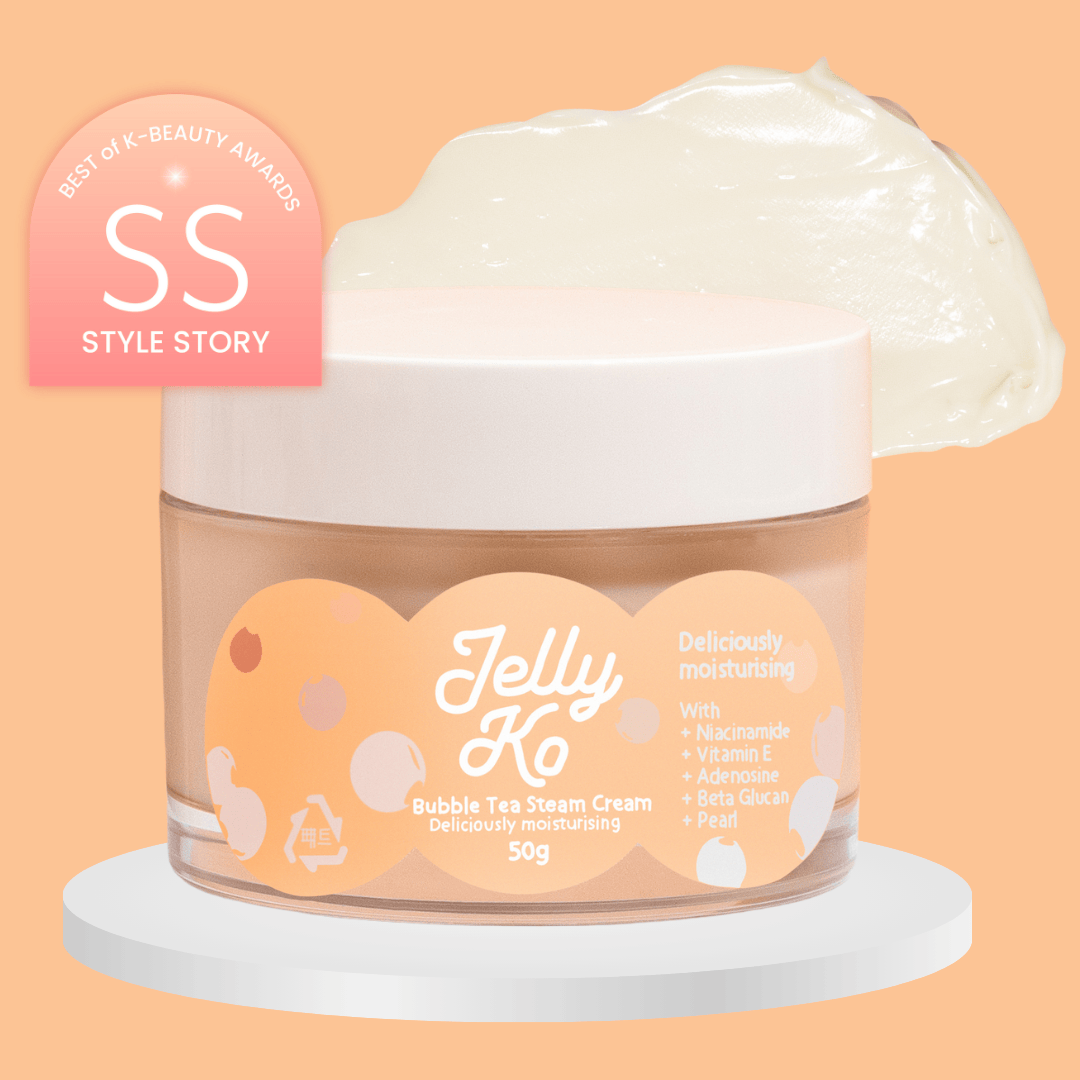
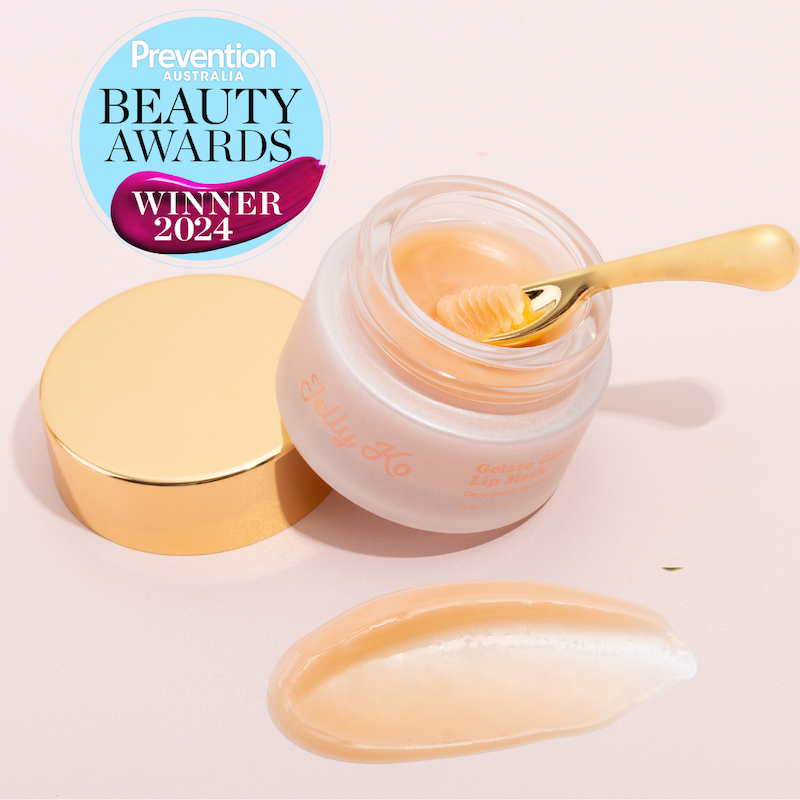
Sangeeta
January 17, 2023
How to order this oil